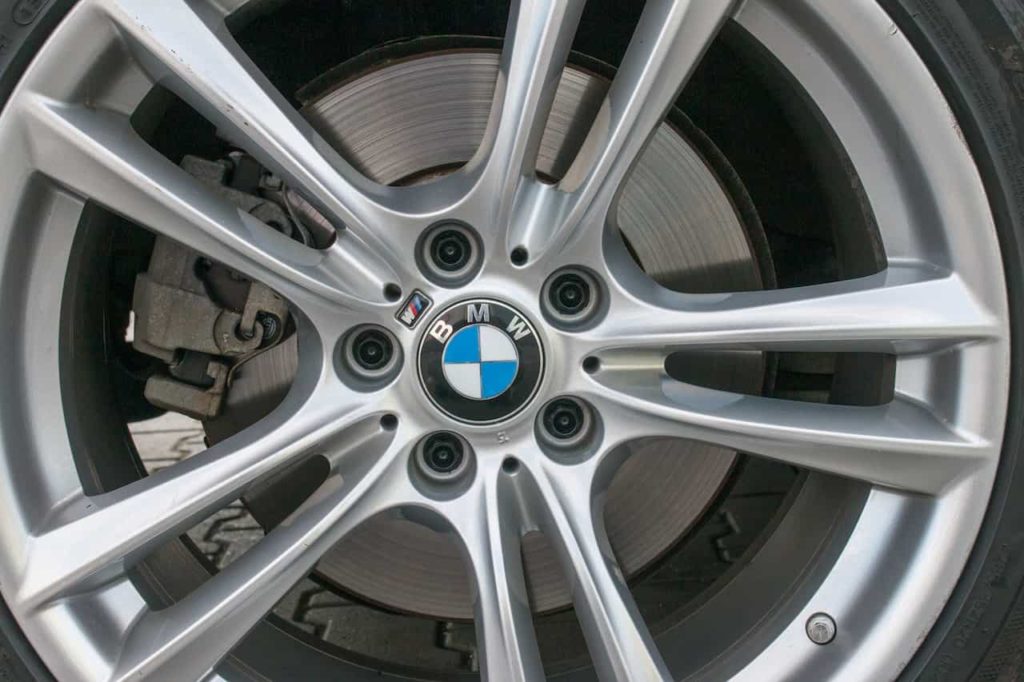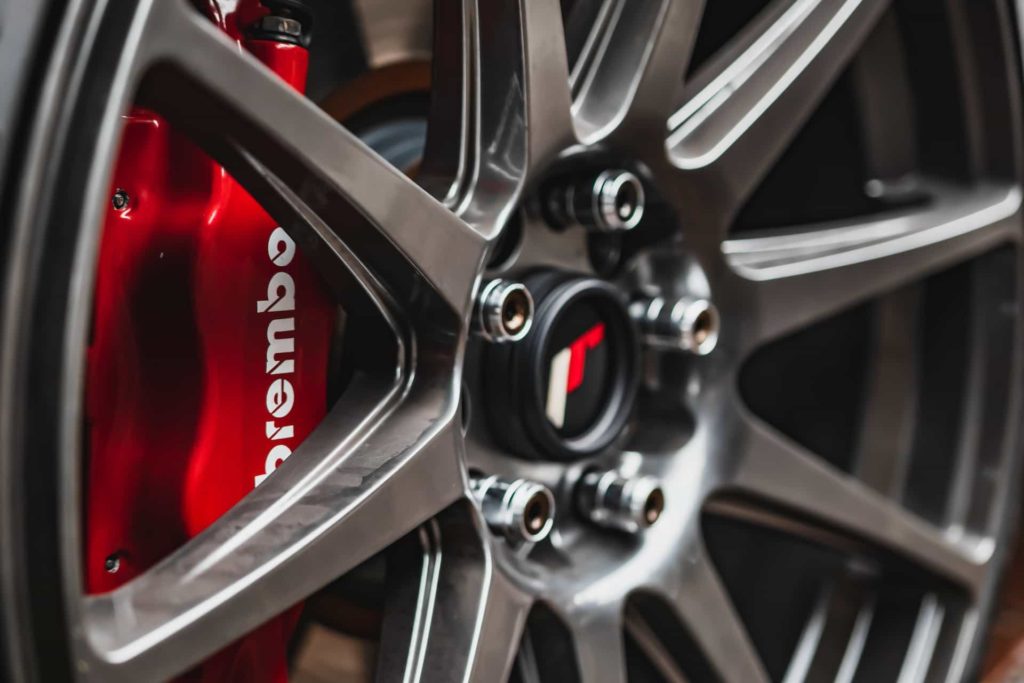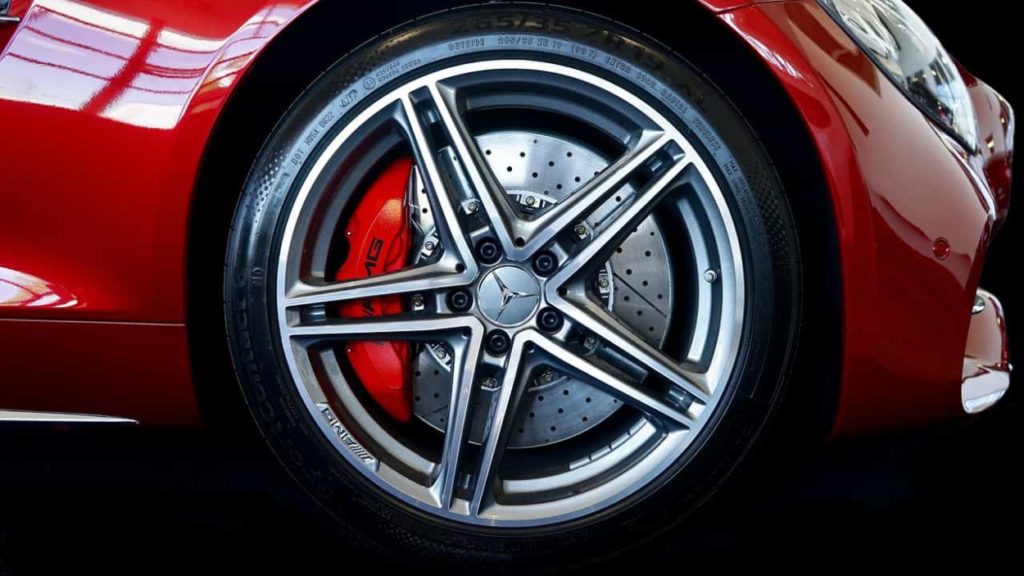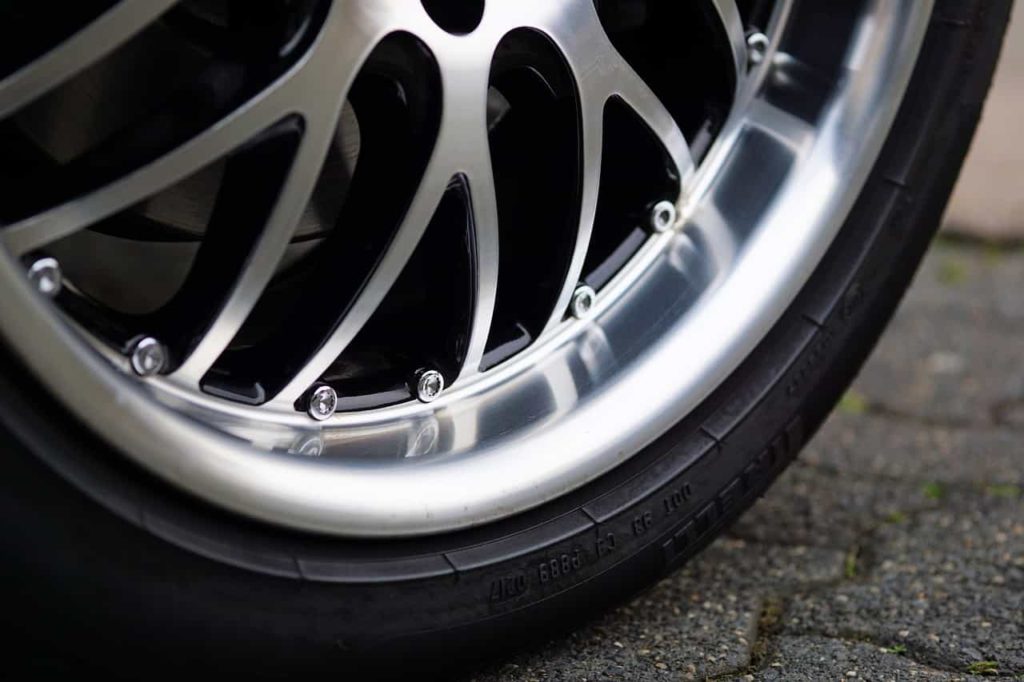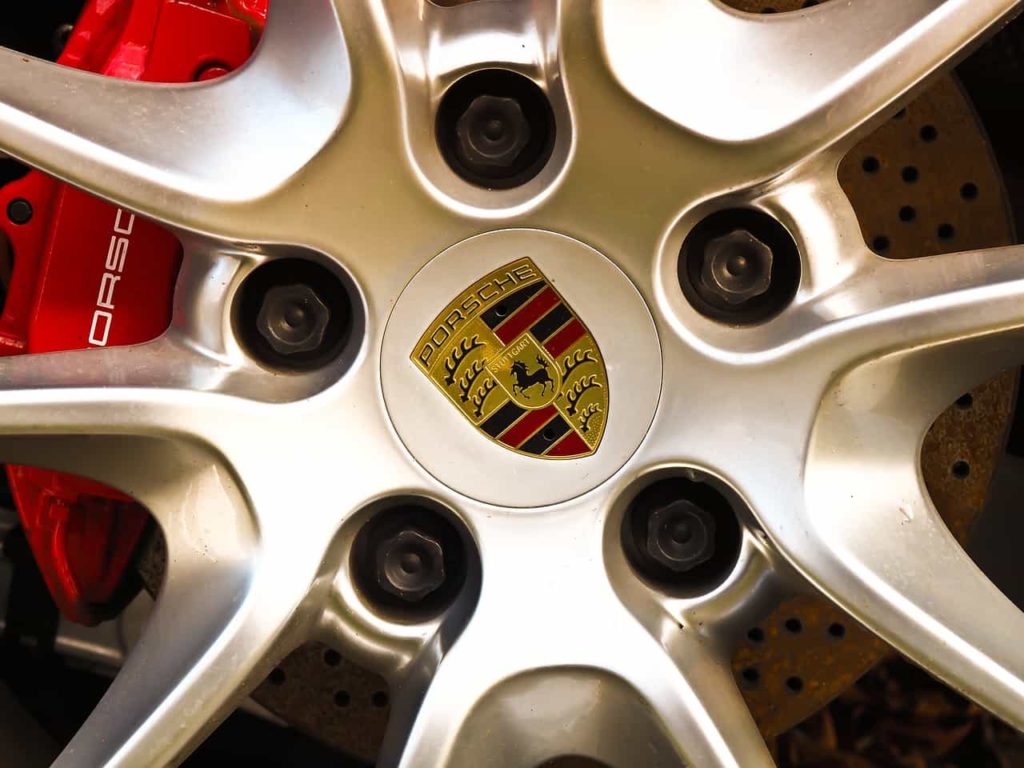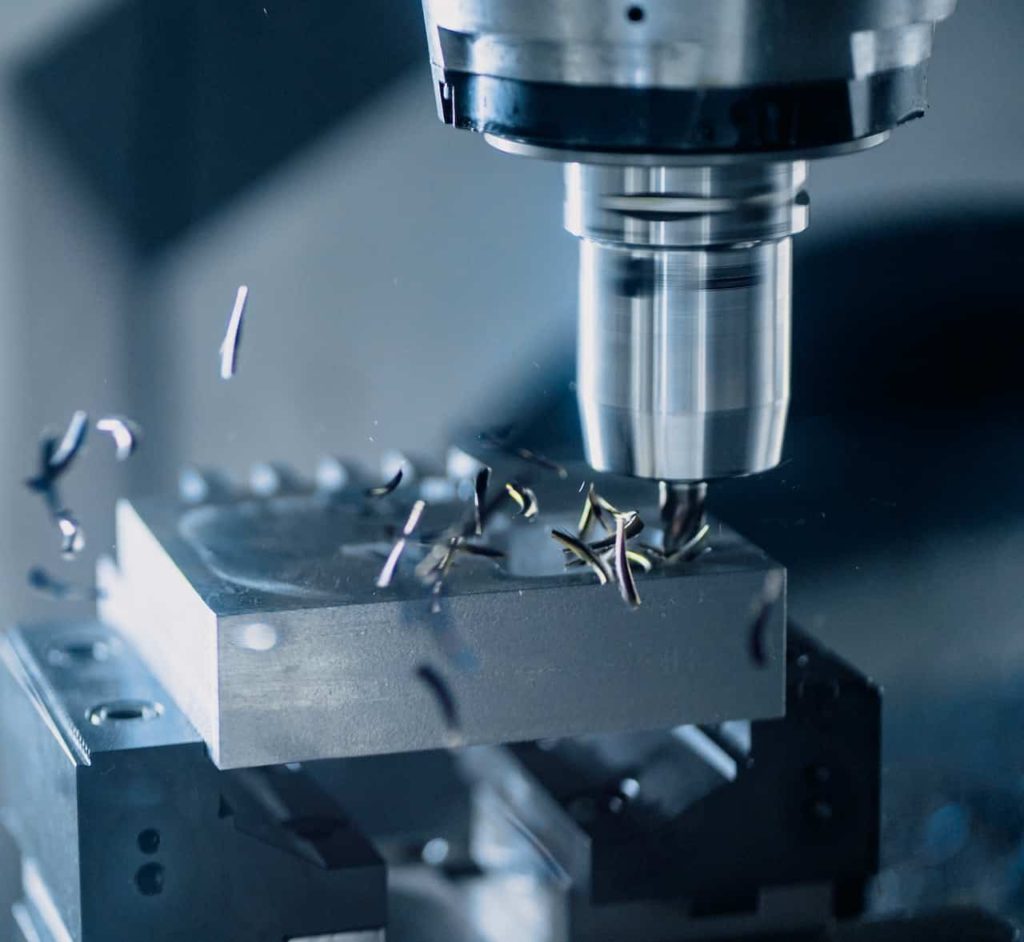Introduction
The automotive industry has witnessed a remarkable transformation over the years with advancements in technology constantly driving innovations. One such innovation that has revolutionized the performance, efficiency, and aesthetics of automobiles is the use of aluminum wheels. These lightweight yet robust wheels have become an essential component in modern automobiles due to their numerous advantages.
The Importance of Aluminum Wheels
Aluminum wheels play a pivotal role in enhancing both the functionality and appearance of vehicles. The use of aluminum alloys in wheel manufacturing provides automakers with the ability to create wheels that are not only strong but also lightweight. This reduction in weight contributes to improved fuel efficiency and handling capabilities.
Aluminum wheels offer superior heat dissipation compared to other materials, making them highly suitable for high-performance vehicles that generate significant heat during braking or prolonged driving. The enhanced heat dissipation helps prevent brake fade and ensures consistent braking performance which promotes safety on the road.
Advantages Over Other Materials
When considering alternative materials for wheel production, aluminum stands out as a clear winner due to its exceptional properties. One primary advantage is its impressive strength-to-weight ratio.
Aluminum alloys used in wheel manufacturing can provide excellent strength while remaining significantly lighter than traditional steel counterparts. This reduced weight not only contributes to better fuel economy but also improves acceleration and overall vehicle performance. By reducing unsprung weight (the weight not supported by suspension), aluminum wheels enable better traction, handling, and responsiveness on various road conditions. Additionally, aluminum wheels exhibit higher resistance to corrosion compared to steel or iron alternatives.
Corrosion can be particularly challenging for vehicles exposed to harsh weather conditions or those driven in coastal areas where saltwater can accelerate rusting processes. The corrosion-resistant nature of aluminum wheels leads to increased durability and longevity without compromising aesthetics or functionality.
Raw Materials Used in Aluminum Wheel Manufactring
Aluminum Alloys
When manufacturing automotive aluminum wheels the aluminum alloys play a crucial role in determining the overall performance and characteristics of the final product. Aluminum alloys are mixtures of aluminum with other elements such as copper, magnesium, silicon, or zinc. These alloying elements are added to enhance specific properties like strength, corrosion resistance, and heat dissipation.
One commonly used alloy in wheel production is 6061-T6. This alloy consists mainly of aluminum and magnesium, offering excellent strength-to-weight ratio and good corrosion resistance.
Another popular option is 7075-T6 alloy, which contains zinc and possesses outstanding strength properties while maintaining a relatively low weight. These alloys are favored due to their high tensile strength, durability, and ability to withstand harsh conditions typically experienced by automobile wheels.
Characteristics of Common Alloys in Wheels
In addition to 6061-T6 and 7075-T6 alloys there are several other compositions commonly employed in automotive wheel manufacturing. One such example is the A356 alloy that incorporates silicon as its primary strengthening element. This alloy exhibits excellent castability while maintaining adequate mechanical properties for wheel applications.
On the other hand AlSi7Mg0.3 is another prevalent choice known for its exceptional thermal conductivity along with good corrosion resistance. The inclusion of magnesium ensures better heat dissipation during braking, reducing the risk of overheating the tires on demanding road conditions or track use.
Each alloy composition brings its own unique set of benefits that allow manufacturers to tailor wheels for different automotive applications effectively. By manipulating the proportions of various elements within these alloys during casting processes or through heat treatments afterward, manufacturers can further fine-tune specific characteristics such as rigidity or ductility according to desired performance requirements.
Impact of Alloy Selection on Wheel Performance
The selection of the appropriate aluminum alloy significantly impacts the overall performance and durability of automotive wheels. Factors such as weight reduction, strength, and resistance to corrosion are crucial considerations in this regard.
Lightweight wheels enhance vehicle handling, acceleration, and fuel efficiency. The carefully chosen alloys ensure that the wheels can withstand immense forces while maintaining structural integrity.
The corrosion-resistant properties of these alloys improve the longevity of aluminum wheels under harsh environmental conditions. Alloy selection also plays a vital role in determining a wheel’s ability to dissipate heat effectively during intense braking situations.
By choosing alloys with higher thermal conductivity and heat dissipation properties, manufacturers can minimize the risk of brake fade and maintain consistent braking performance. The choice of primary aluminum alloys is fundamental in aluminum wheel manufacturing.
The composition and characteristics of these alloys directly influence factors such as strength-to-weight ratio, corrosion resistance, heat dissipation capabilities, and overall performance. By carefully selecting appropriate alloys for specific applications, manufacturers can produce highly functional automotive aluminum wheels that offer improved vehicle dynamics while ensuring longevity and reliability on various road conditions.
Wheel Design and Engineering
Design Process of Aluminum Wheels
Designing an aluminum wheel is a delicate blend of artistry and engineering precision. It involves meticulous consideration of various factors to ensure the end product meets the highest standards in terms of functionality, aesthetics, and performance. The design process typically starts with a clear understanding of the specific requirements set by the automaker or wheel manufacturer.
These requirements outline crucial aspects like load capacity, tolerance levels, and compatibility with different vehicles. To create a successful design, engineers collaborate closely with designers to strike a balance between structural integrity and visual appeal.
They employ advanced techniques such as finite element analysis (FEA) to simulate stress distribution and predict potential weaknesses in the wheel structure. By analyzing these virtual models using complex algorithms, engineers can optimize the design for strength while minimizing weight.
Wheel Weight, Strength and Aesthetics
When it comes to aluminum wheel design, weight reduction without compromising strength is paramount. Lightweight wheels offer several advantages including improved fuel efficiency, better suspension response time, and reduced unsprung mass.
To achieve this delicate balance between weight reduction and structural integrity, engineers evaluate various design elements such as spoke patterns, rim thicknesses, flange designs, and material composition. Moreover, aesthetics play a crucial role in enhancing overall vehicle appearance.
Wheel designers meticulously craft intricate patterns that not only catch the eye but also optimize airflow for efficient brake cooling. The choice of finishes—whether polished or painted—adds another layer of customization that aligns with individual vehicle styles.
CAD Software in Wheel Engineering
Computer-aided design (CAD) software has revolutionized the way aluminum wheels are engineered today. CAD allows designers to create precise 2D and 3D models, enabling them to visualize the wheel from all angles and make accurate adjustments.
This digital mastery facilitates rapid prototyping that reduces development time and cost. CAD software also assists in conducting virtual stress analysis, providing engineers with valuable insights into potential weaknesses in the design.
Engineers can identify areas of improvement before physical prototypes are created by simulating real-world scenarios such as cornering forces or impact loads. CAD software allows for seamless collaboration between designers and manufacturers by providing accurate technical drawings and specifications.
The precision achieved through CAD helps eliminate errors during production and ensures consistent quality across all wheels manufactured. The design process for aluminum wheels involves a delicate balance of weight reduction, strength optimization, and aesthetic appeal.
Through the use of advanced computer-aided design (CAD) software, designers can create precise wheel models that meet both functional requirements and visual aspirations. As technology continues to advance the artistry of wheel design remains firmly rooted in engineering excellence.
Wheel Casting Process
Melting and Refining Aluminum
When it comes to the manufacturing of automotive aluminum wheels, one of the crucial stages is the melting and refining of aluminum. This process begins with sourcing high-quality aluminum usually in the form of primary aluminum alloys.
These alloys are carefully selected based on their desired properties such as strength, durability, and corrosion resistance. Once obtained, the primary aluminum is subjected to intense heat in specialized melting furnaces.
Various melting methods are employed in this stage, with induction furnaces being a widely used option. Induction furnaces rely on electromagnetic induction to generate heat within a conductive material like aluminum.
By passing alternating current through a coil surrounding the furnace chamber an oscillating magnetic field is created that induces electrical currents within the metal. These currents produce resistive heating that rapidly raises the temperature of the alloy until it reaches its molten state.
Refining Processes
To ensure superior quality and optimal performance of automotive aluminum wheels, it is imperative to eliminate any impurities present in the molten aluminum. Refining processes are employed to achieve this objective.
One commonly used method for purification is degassing. Degassing involves injecting inert gasses such as nitrogen or argon into the molten metal at specific pressures and temperatures.
The gasses react with dissolved impurities like hydrogen or alkali metals and form gaseous compounds that rise to the surface and are removed. Additionally, fluxes can be introduced during refining processes to facilitate impurity removal by either chemical reactions or physical absorption onto special compounds present in fluxes.
Fluxes act as purifying agents by forming slag layers that trap impurities and allow them to be separated from the molten metal during subsequent filtration steps. Through careful control of temperature, pressure, and flux composition, the refining processes effectively enhance the purity of the aluminum to ensure excellent material quality for wheel production.
Casting Techniques for Wheel Production
In the realm of aluminum wheel manufacturing two prominent casting techniques are widely employed: gravity casting and low–pressure casting. Each technique offers unique advantages and considerations that influence their implementation based on specific requirements.
Gravity casting involves pouring molten aluminum into a pre-designed mold under the force of gravity alone. As the name suggests, this method relies on gravity to fill and shape the mold accurately. This technique offers several benefits, including simplicity, cost-effectiveness, and suitability for producing wheels with intricate designs or complex geometries.
However, gravity casting does have limitations in terms of achieving high levels of precision and material consistency compared to other advanced methods. On the other hand, low-pressure casting addresses some of these limitations by incorporating controlled air pressure during the casting process.
In this technique molten aluminum is poured into a mold while a pressurized gas source applies additional pressure from below. The pressurized gas helps to ensure more uniform filling of the mold cavity and reduces potential defects such as porosity or shrinkage. Low-pressure casting enables higher accuracy, enhanced structural integrity, and improved surface finish compared to gravity casting.
Overall, both gravity casting and low-pressure casting play significant roles in automotive aluminum wheel production but offer distinct advantages depending on specific design requirements and desired final product characteristics.
Machining and Finishing Operations
The Artistry of CNC
When it comes to machining and finishing operations in the production of automotive aluminum wheels, Computer Numerical Control (CNC) technology takes center stage. CNC is a remarkable tool that has revolutionized the precision and efficiency of the cutting processes. Through the use of programmed instructions, CNC machines meticulously shape and refine the aluminum wheel to meet exact specifications.
One major advantage of utilizing CNC in wheel manufacturing is its ability to achieve intricate designs with impeccable accuracy. The rotational axes of CNC lathes and milling machines work harmoniously allowing for precise cuts at various angles and depths.
This level of control ensures that each wheel’s dimensions are flawlessly replicated to minimize any deviations that could impact performance or aesthetics. CNC machines offer exceptional repeatability that enhances batch production capabilities while maintaining consistent quality throughout.
These cutting-edge machines can effortlessly execute complex patterns and contours that were once difficult or impossible to achieve manually. As a result, intricate details like spoke designs, patterns, or brand logos can be consistently reproduced on every aluminum wheel.
Conclusion
Automotive aluminum wheels undergo a meticulous manufacturing process involving advanced techniques such as gravity casting and low-pressure casting. The journey from raw materials to finished products showcases the industry’s commitment to quality and performance.
Machining operations powered by CNC technology ensure precise cuts while enabling intricate designs with consistent accuracy across batches. The world of automotive wheels continues to evolve with advancements in material science and manufacturing techniques.
This progress translates into lighter yet stronger wheels that enhance vehicle performance while offering a sleek aesthetic appeal. As we look towards the future we can anticipate even more innovative processes being introduced to further refine these essential components for the automotive industry—ushering in an era where safety, efficiency, and style converge seamlessly on our roads.
